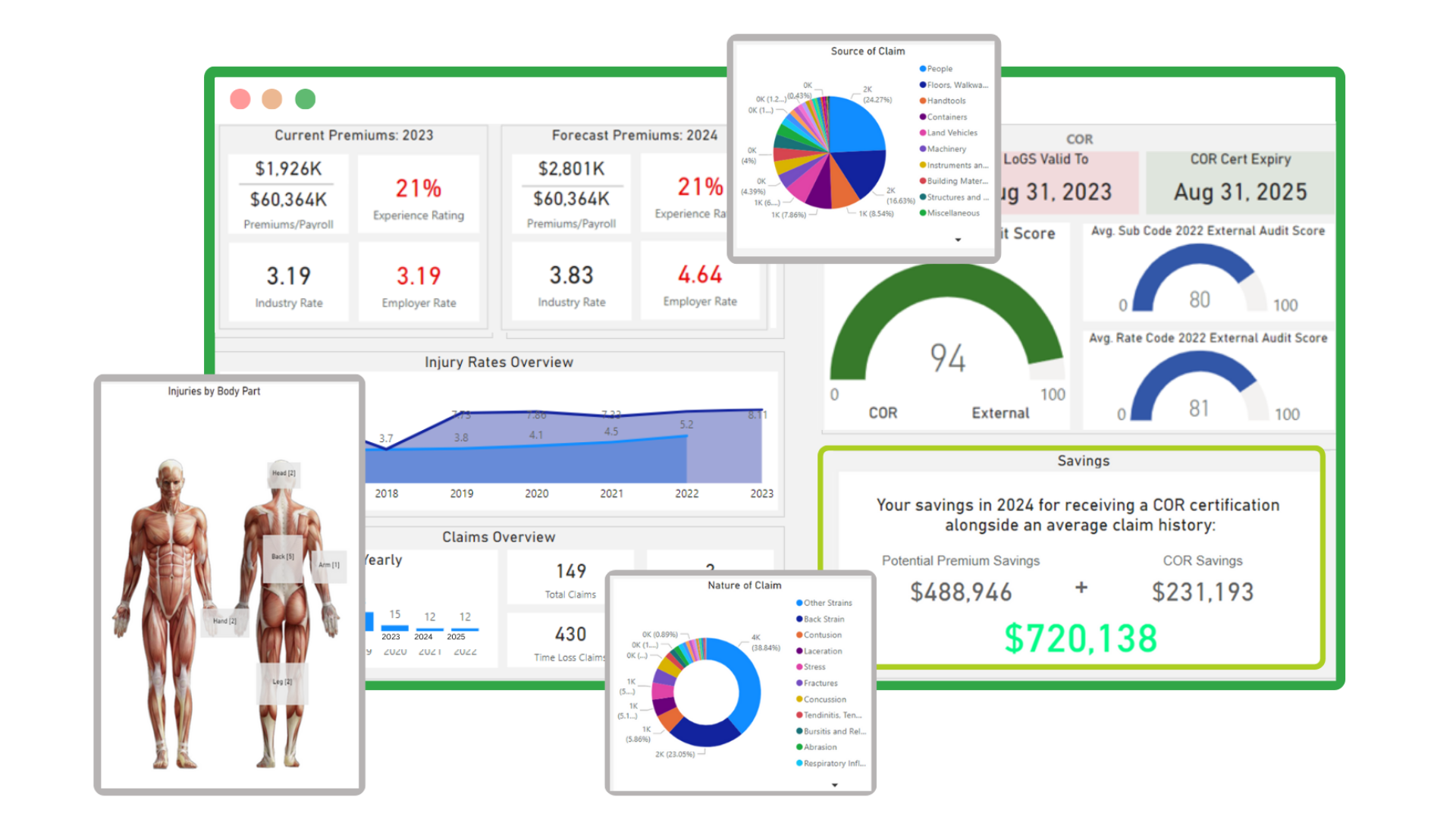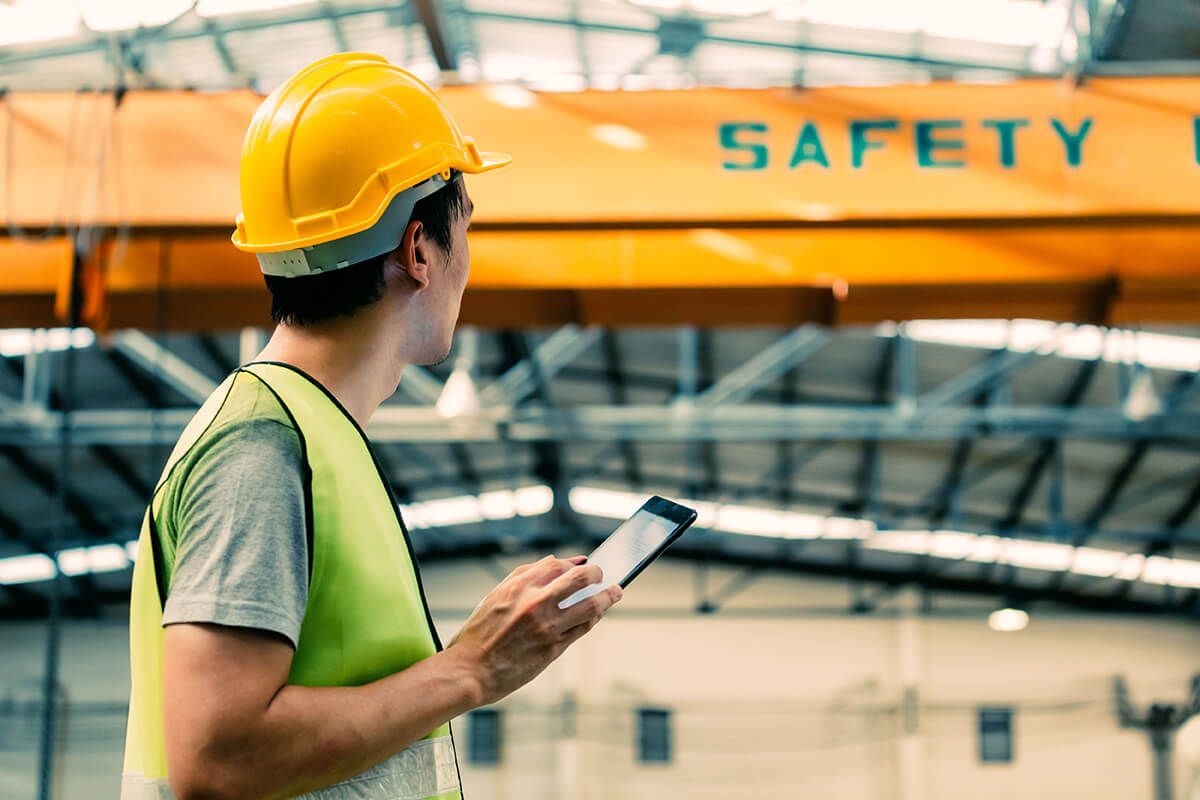🚀 Analyzing Human Performance Data: A Proactive Approach to Preventing Workplace Accidents and Injuries 🤝
Author: Tony Mudd, CSP Published: 10/23/2023 Time: 3 Minutes
In the world of workplace safety, 🛑preventing accidents and injuries🤕 should always be a top priority for both employers and employees. While traditional safety measures like 🛡️protective gear and regulations are crucial, a more proactive approach involves the analysis of human performance data. By leveraging data-driven insights, companies can identify potential hazards and mitigate risks effectively. This blog will explore how analyzing human performance data can significantly contribute to workplace safety.
Understanding Human Performance Data
Human performance data encompasses a wide range of information related to how employees perform their jobs. It can include data from various sources, such as:
- 💓Biometrics: Tracking physiological parameters like heart rate, blood pressure, and fatigue levels through wearable devices or sensors.
- 🌡️Environmental Data: Information about factors such as temperature, humidity, and air quality in the workplace.
- 👥Workforce Analytics: Data on employee work patterns, skills, training, and behavior.
- 📅Incident Reports: Records of past accidents, near misses, and injuries.
- ⚙️Task-Specific Data: Data related to the performance of specific tasks or operations within the workplace.
By collecting and analyzing this data, organizations can gain valuable insights into the safety and well-being of their workforce.
Preventing Accidents and Injuries
- 📈 Identifying Hazardous Trends: Analyzing human performance data helps identify patterns or trends that can lead to accidents or injuries. For instance, an increase in fatigue levels or a consistent spike in certain environmental factors may indicate potential risks. By recognizing these trends, organizations can take proactive measures to mitigate them.
- 🧙♂️ Predictive Analytics: Human performance data can be used to predict potential hazards. Machine learning algorithms can analyze historical data to forecast risks and suggest actions to prevent accidents. For example, identifying fatigue patterns in employees can help schedule breaks and reduce the risk of exhaustion-related accidents.
- 📚 Training and Skill Enhancement: Workforce analytics can pinpoint areas where employees may lack adequate training or skills. Addressing these gaps through targeted training programs can enhance employee performance and reduce the chances of accidents caused by inadequate knowledge or skills.
- 🚨 Real-time Monitoring: Employing wearable devices to monitor biometrics in real-time can be invaluable. When an employee’s physiological data indicates a potential risk, supervisors can intervene immediately to prevent accidents or injuries.
- 🕵️♂️ Incident Investigation: Human performance data can assist in the investigation of accidents or near misses. Analyzing data from these incidents can reveal underlying causes and help organizations implement corrective measures to prevent similar occurrences in the future.
Analyzing human performance data is a powerful tool in preventing workplace accidents and injuries. By understanding the intricacies of employee performance, organizations can create a safer work environment, reduce risks, and protect their most valuable asset — their workforce.
This data-driven approach not only ensures a safer workplace but can also lead to increased efficiency, productivity, and employee satisfaction. In the ever-evolving landscape of workplace safety, human performance data analysis is a game-changer that can save lives and resources. 🌟🏢
#safety #sensorisafety #dataanalyzes #dataanalysis🛠️👷♂️👷♀️👍











